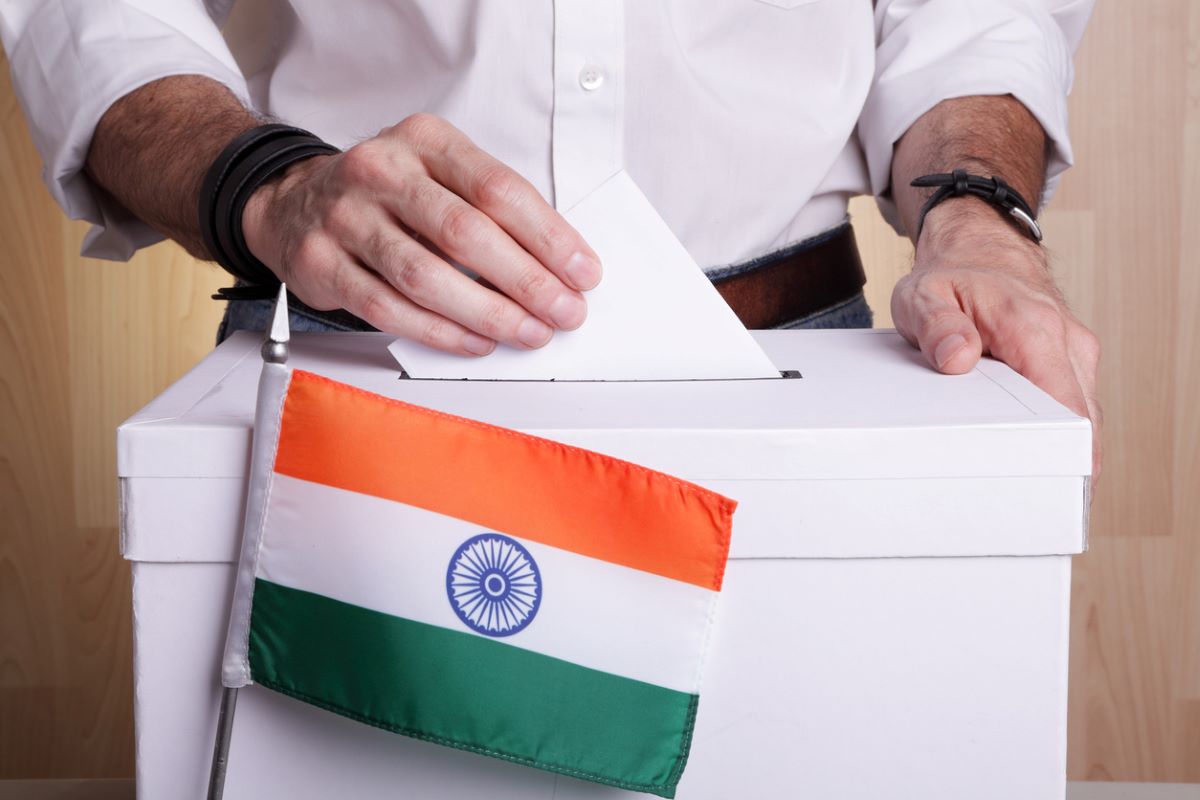Uttarakhand will see a do-or-die battle between the ruling BJP and the main opposition Congress in the ongoing Assembly polls. The stakes are very high for both as the BJP is trying to defend its position while the Congress hopes to snatch the state from the saffron party. The state will go for a one-phase poll on February 14.
Upper castes dominate this state, where they number over sixty percent. Congress and the BJP are in a close fight. The two national parties have also ruled the state since it was established in 2000. This time the young Aam Aadmi Party is also trying to penetrate.
Advertisement
The BJP has set a high target of winning 60 seats. It is a very ambitious target as the present Pushkar Singh Dhami-led government is facing anti-incumbency. In 2017, out of 70 seats in Uttarakhand, BJP got 57 while Congress managed to win 11. Independent candidates won two seats. The BJP got around 46.51 per cent of the vote, and Congress secured 33.49 per cent. Others got 20 per cent of the votes.
The BJP has changed three chief ministers in the last five years, indicating political instability. The state has seen 11 chief ministers since its inception, of which the BJP’s share was seven, and the Congress’ three. The BJP’s Maj. Gen. Khanduri was Chief minister twice.
Secondly, the party does not have a charismatic chief ministerial candidate. Senior BJP leaders have become spent forces now. The party is depending on the Modi magic.
Thirdly, instead of development and governance, the issues are mainly about Kumaoni and Garhwali, hills and plains, and Thakurs versus Brahmins. The local issues such as floods, corruption, price rise etc., have receded to the background. The BJP, as the ruling party, is on the backfoot.
Fourthly, on the farmer’s issue, the Centre has done some damage control with the rollback of three contentious agricultural laws, but the farmers in some of the seats in the Kumaon belt have kept the issue alive.
Fifthly, discontent against then chief minister Trivendra Singh Rawat for creating a Chardham Devasthanam Board could dent the party. Still, the BJP has tried to set it right by removing him and also subsequently withdrawn the act, keeping the polls in mind. Lastly, the BJP is going all out to retain the state on the ‘double engine’ argument that the same party should rule the state and at the Centre. On the other hand, the Congress depends on the anti-incumbency factor.
Traditionally, the state has alternated between the BJP and the Congress for the past 21 years. Congress too has not developed many state leaders. Former UP Chief Minister N.D Tiwari was the last charismatic leader from the area. The Congress sacked former chief minister Harish Singh Rawat after ten senior Congress leaders rebelled against him in 2016. In the 2017 Assembly polls, Rawat lost both the seats he contested.
Due to the scarcity of leaders, Congress has now chosen him to lead the party. Congress faces an uphill task to avenge its humiliation in the 2017 polls. The party can only win by default as neither the Gandhi family nor the state leaders have proved to be big vote catchers.
The return of prodigal sons like sacked BJP minister Harak Singh Rawat is a shot in the arm for the Congress. Perpetual infighting is another hurdle for the Grand Old Party. Internal rumblings came to the fore recently when Harish Rawat tweeted saying he was not getting the cooperation of the party organisation. Delhi chief minister and Aam Aadmi Party chief Arvind Kejriwal is keen to expand his party to other states and is trying to make the fight triangular wherever possible.
Besides planning to contest in UP, Punjab, and Goa, in states where the battle is between the Congress and the BJP, he is eyeing the place for a third alternative. Though AAP may not be able to win on its own, it is likely to play a spoilsport for the two major players — BJP and Congress. In 2002, Uttarakhand’s first election, the Congress and the BJP got over half the votes, with the voters choosing other parties and independents. Voters in the hill state have repeatedly indicated a strong desire for a third political alternative which is why AAP is hopeful.
Kejriwal has already declared Col. Ajay Kothiyal as his party’s Uttarakhand chief ministerial candidate. Kejriwal is keen to get the support of the youth and the defence service personnel. Seat selection is not complete for many players, but the BJP has shown cautious social engineering. Some defectors also have got seats as part of their bargaining. Though prepoll surveys predict a BJP win, there could be surprises. It all depends on how much the young AAP acts as a spoiler.











